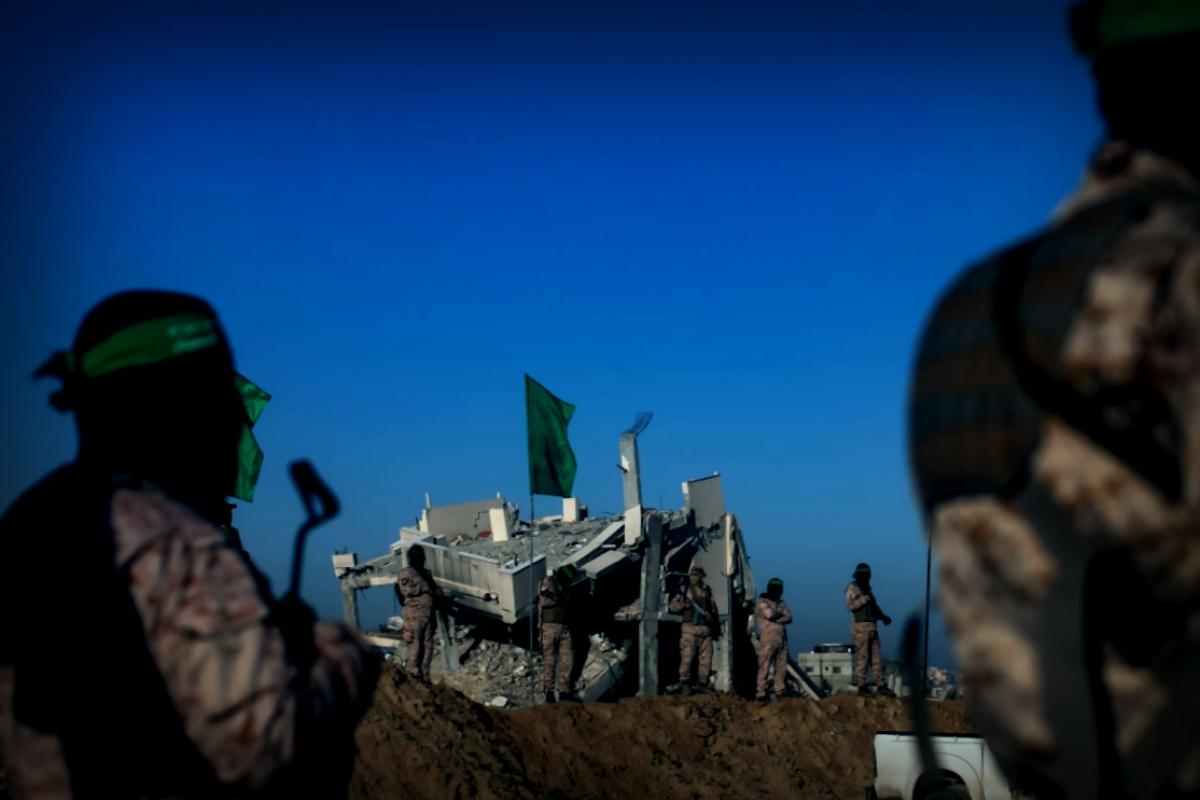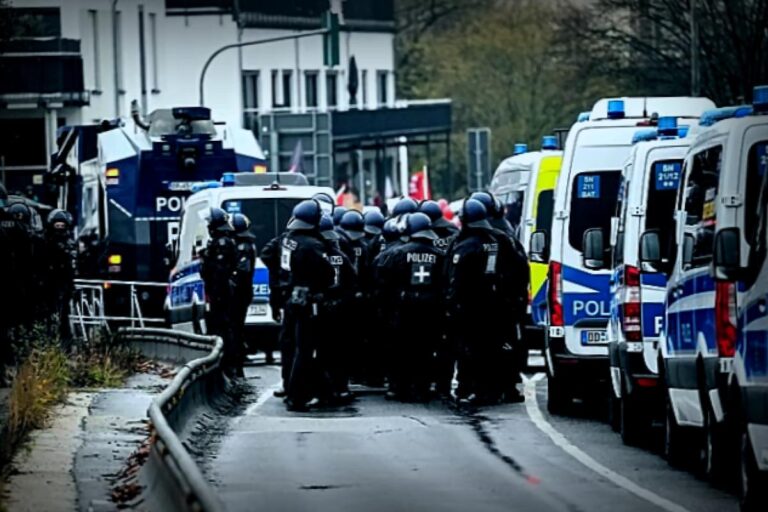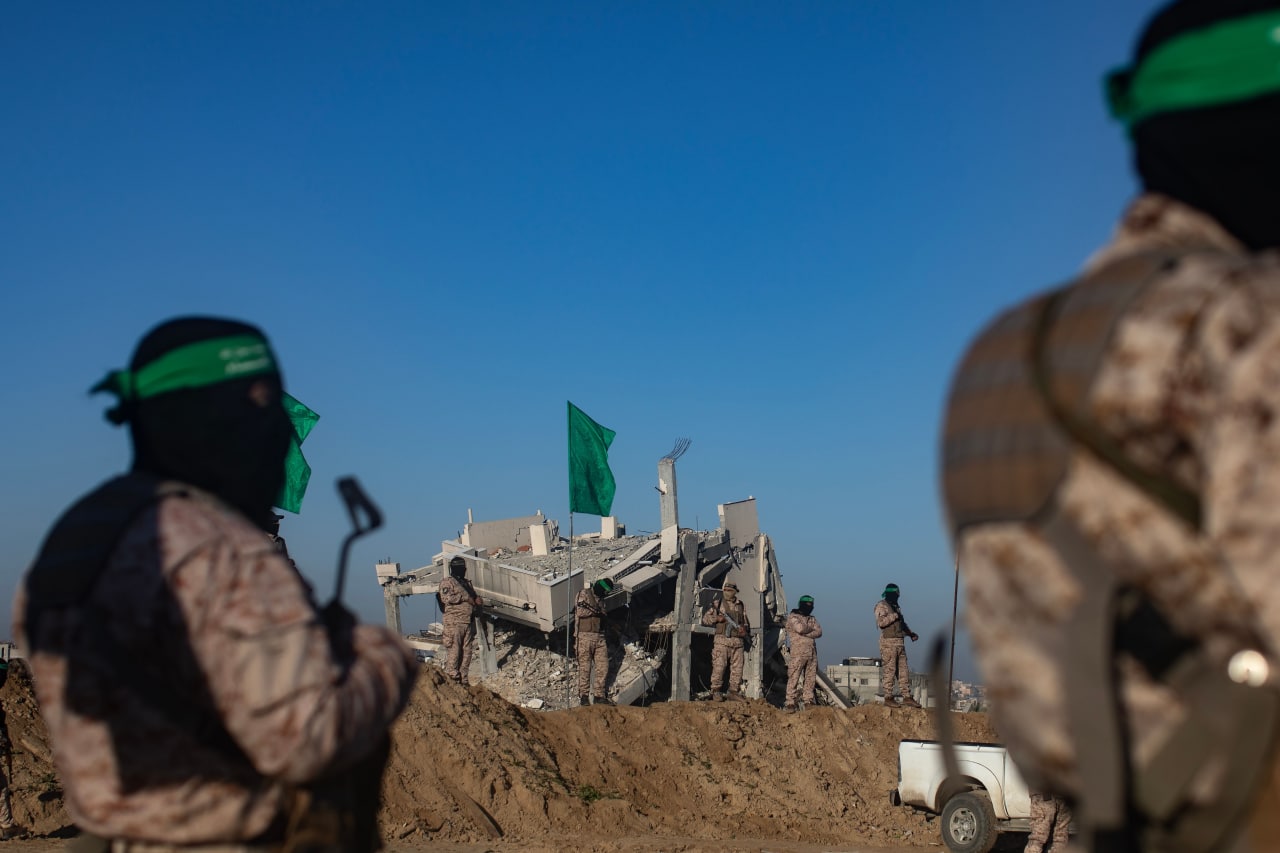
Hamas has publicly stated that it agrees to key elements of President Trump’s peace plan, but behind closed doors, the organization is wrestling with deep divisions on how to move forward.
Just recently, the group described a willingness to release hostages and possibly turn over control of Gaza. This statement marked a notable boost for Trump’s efforts to seek an end to the ongoing conflict. However, the way Hamas articulated their acceptance raised eyebrows, hinting at underlying complications and a possible lack of commitment to real peace.
One of the core issues is the absence of a common ground within Hamas regarding disarmament conditions and the timing of hostage releases. Mediating Arab officials indicate that these two points are crucial as far as Trump’s demands go.
Sources say that top Hamas negotiator Khalil Al-Hayya, along with other key political figures, favor accepting the proposal despite serious concerns—particularly since these officials operate from outside Gaza and don’t wield much influence over the armed faction that remains entrenched in the region.
Ezzedin al-Haddad, who took over leadership within Gaza after key figures were killed, has signaled a willingness to negotiate. However, he has made it clear that he expects to retain certain small arms, considering them vital for defense while proposing to surrender heavier weaponry under UN and Egyptian supervision.
On the ground, Hamas fighters are uncertain that compliance with any disarmament agreement can be enforced, primarily due to fears of appearing to capitulate, especially from newer recruits of the group—young men whose lives and homes have been drastically affected by the violence.
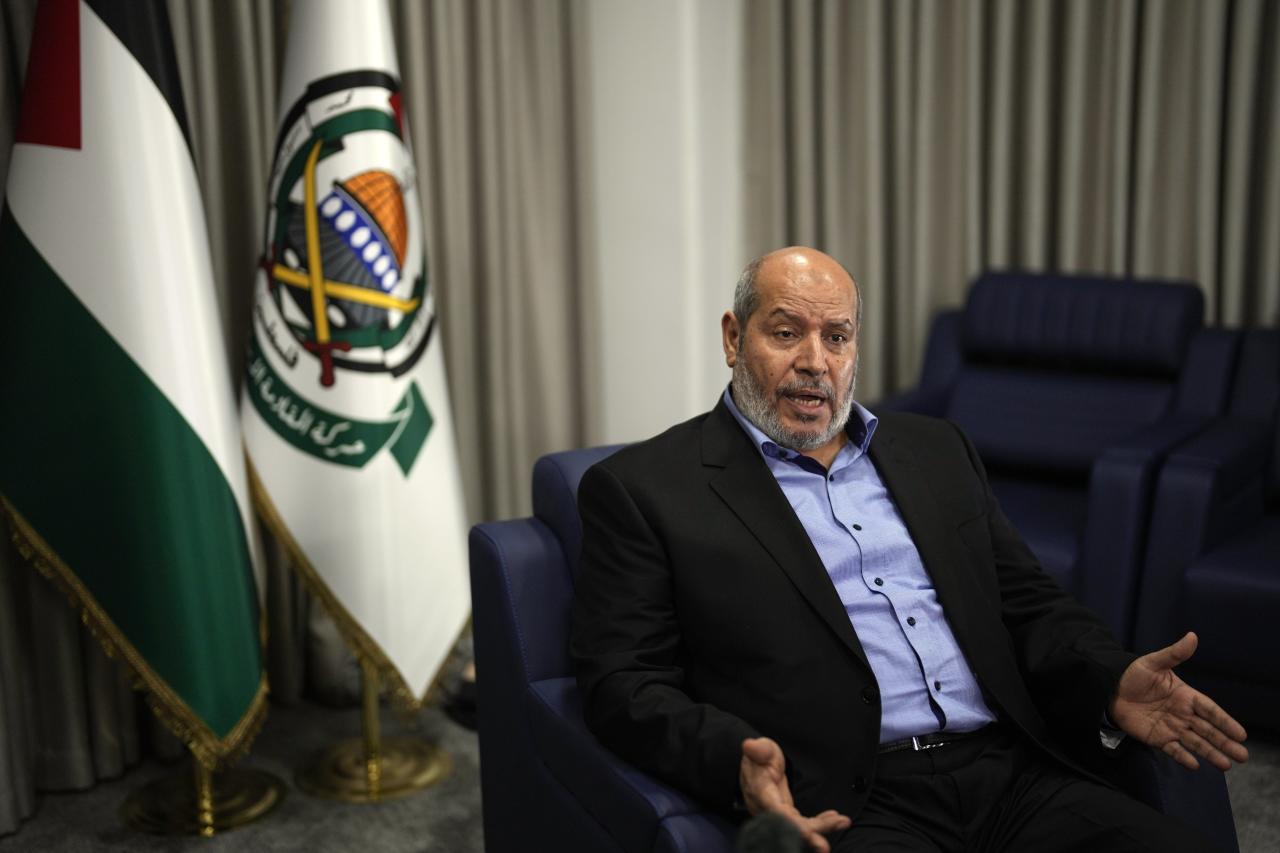
One of the sticking points of the peace proposal requires Hamas to disarm and release their remaining 48 Israeli hostages—both dead and alive—within a window of 72 hours post-agreement, a timeline many within the organization view as unrealistic.
Inside the group, some skeptics dismiss the proposal, seeing it as merely a temporary fix rather than a genuine commitment to peace, with the need for further negotiations over the details, particularly regarding hostage situations.
Trump echoed support for Hamas’s stated readiness for peace, urging for an immediate halt to Israel’s military operations as a necessary step for the release of hostages. His support reflects alignment within the U.S. government on the notion that Hamas appears to be on board with the plan.
However, military leaders in Hamas are adamant that any release deal should be tied to a precise schedule for withdrawing Israeli troops from Gaza—a condition aligned with their reservations expressed in their official response.
On his social platform, Senator Lindsey Graham labeled Hamas’s response as predictable, pointing out its inconsistencies, including no commitment to disarm, insisting on Palestinian control over Gaza, and surrendering hostages in relation to negotiations.
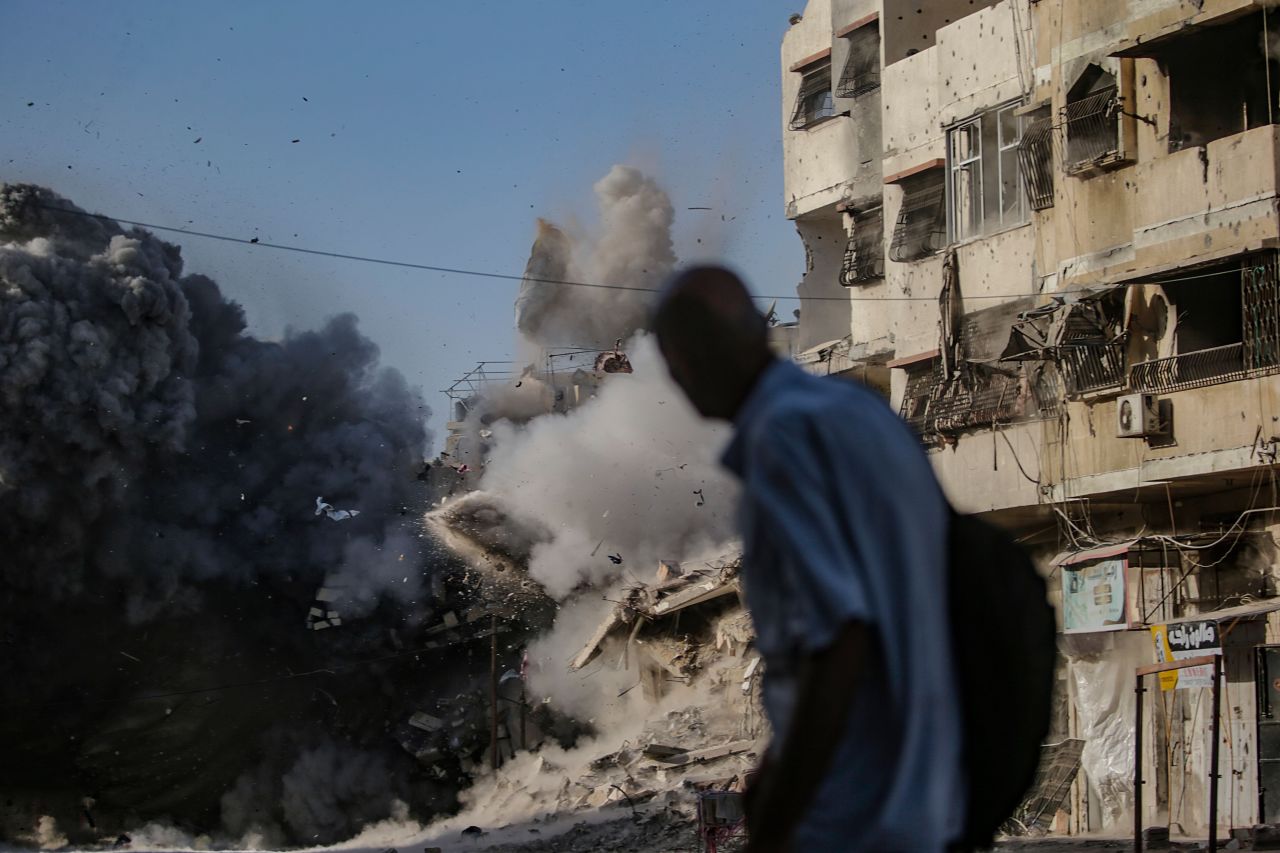
Expert analysis suggests that Hamas needs to resolve long-standing power struggles between its political and military factions before any deal can be reached. Disagreements on strategy have plagued the group since violent confrontations with Israel escalated, leading to substantial casualties.
As casualties mount, the organization continues to fight back despite significant losses in leadership and manpower. Newer recruits lack the necessary training, while Israel’s enhanced grip on Gaza disrupts Hamas’s internal communication and strategic coordination.
As a result, command is being decentralized into smaller units, who now often operate independently, making tactical decisions out of necessity rather than centralized strategy.
Israeli officials have noted Hamas’s resilience, describing their command as disrupted but not defeated, as they continue to engage in guerrilla tactics, leveraging entries in combat like explosives and sniper attacks.
The limited command authority exercised by leaders reflects a tense environment, compounded by significant financial limitations that restrict Hamas’s operations.
Since initiating its major offensive campaign in mid-September, Israel has captured considerable areas of Gaza City. Many Hamas fighters have retreated south, with civilians largely vacated from the conflict zone. What poses a particularly complex problem for Israel is determining the following moves should Hamas continue resisting surrender post-invasion.

A senior Israeli military source indicated that while several thousand Hamas fighters remain in Gaza City, they are primarily young and unseasoned, still searching for tactical advantages to expand their own operational capacity.
Any signs of surrender tend to emerge only when fighters face encirclement, boosting serious negotiations toward resolution. One former Israeli defense official opined that this may signify Hamas is reluctantly open to the potential of complete eradication.
Warnings flash among mediators that should Hamas leaders opt to embrace the Trump plan, there’s a risk some fighters might switch loyalties to other militant Palestinian factions, which already host many disgruntled former Hamas affiliates. Collaboration among latter groups had recently deteriorated, resulting in uncertainties surrounding the outcome of negotiations exclusive to Hamas.
Meanwhile, pressure from key regional players like Qatar, Egypt, and Turkey signals urgency expected from Hamas. They’ve cautioned for a ceasefire, indicating that failure to accept the looming agreement will result in a loss of political and diplomatic backing.
In a powerful message on social media, Trump mentioned, “We’re already negotiating specifics to be finalized— this is about more than just Gaza; it’s about achieving long-overdue PEACE in the wider Middle East.”

For any inquiries, contact Summer Said at summer.said@wsj.com or Dov Lieber at dov.lieber@wsj.com.





